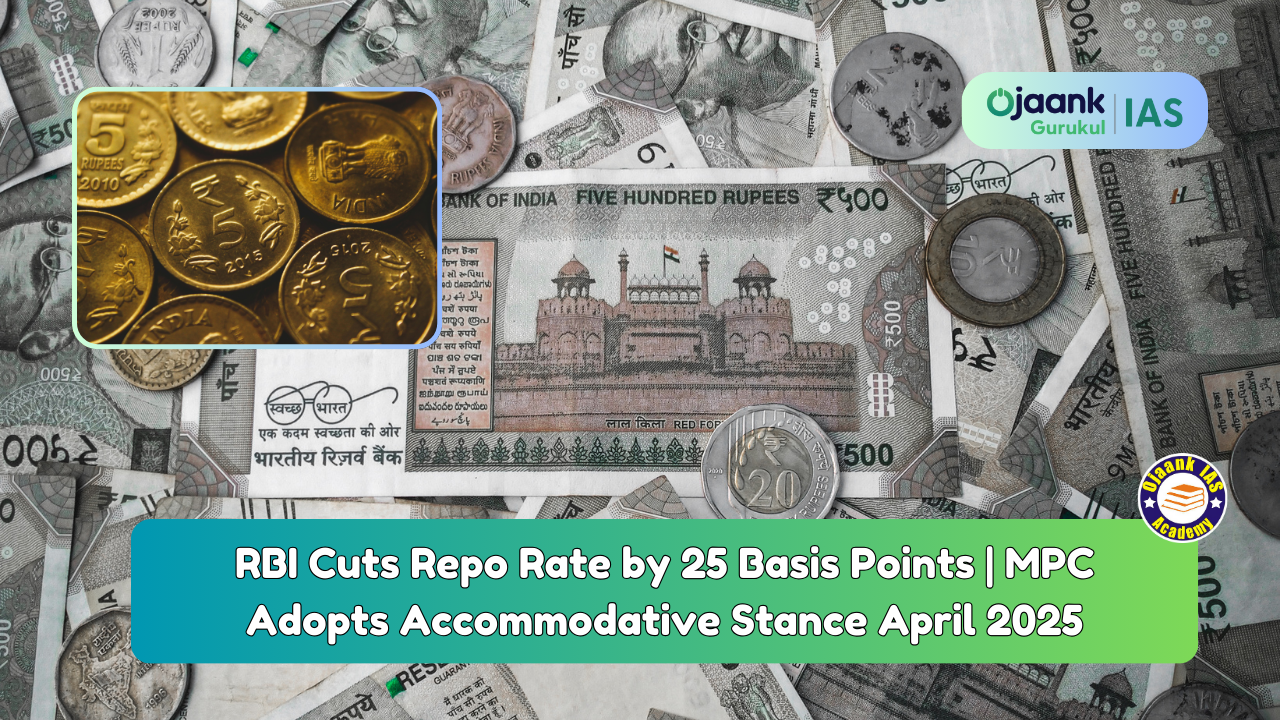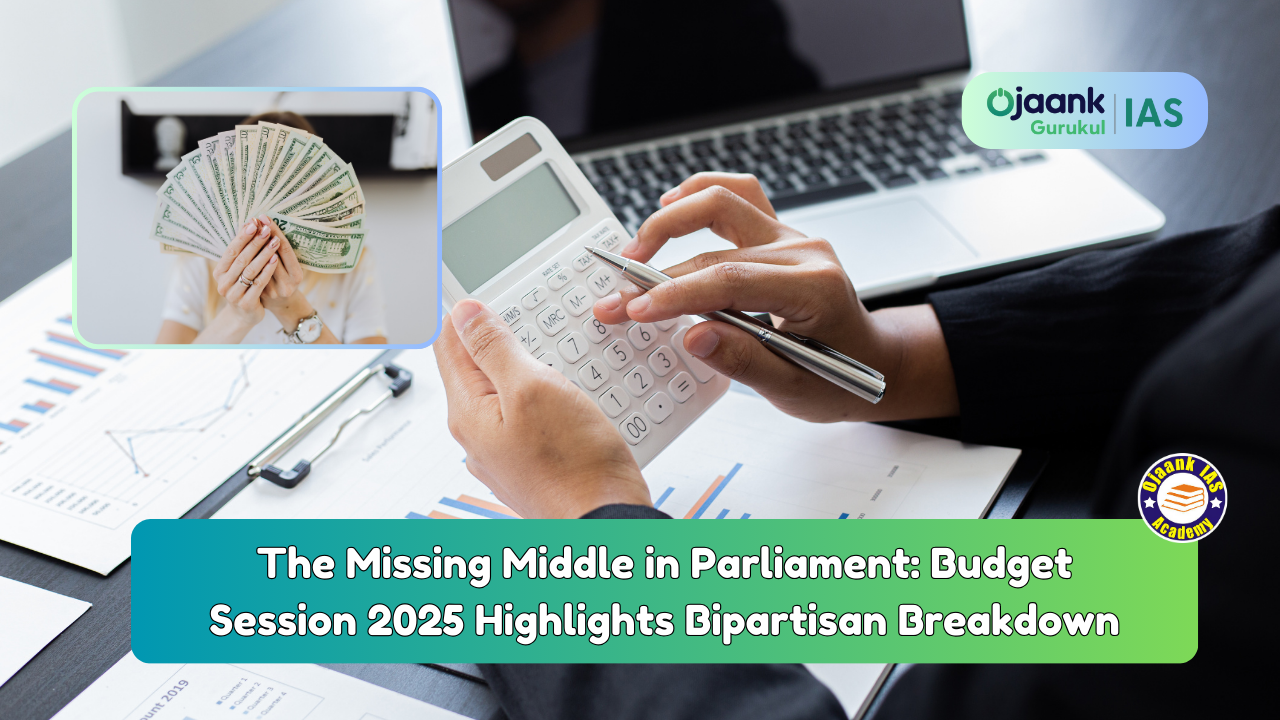todays current affairs 22th september 2023
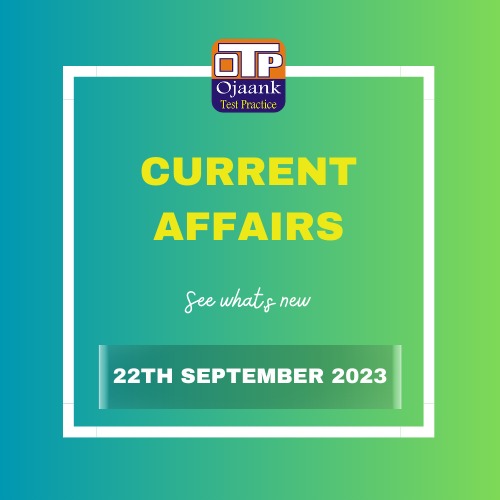
Socialist and Secular
GS Paper II (Polity & Governance)
Context: Recent controversy has arisen about the words "socialist" and "secular" being used in the Preamble of the Indian Constitution. These statements in the Preamble have drawn criticism from the Lok Sabha party leader.
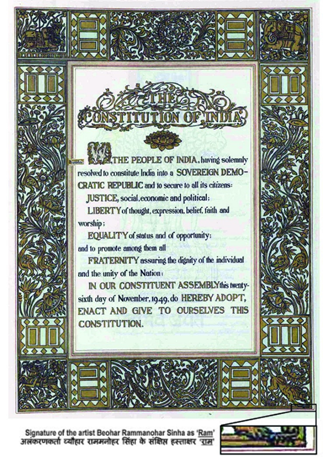
Significance of the Preamble:
The fundamental values and goals of the Indian Constitution are enumerated in the Preamble.
It acts as the Constitution's introduction, stating its core principles.
Original Preamble:
When the Constitution went into force in 1950, the words "socialist" and "secular" were not in the Preamble. The goals and vision of the Constituent Assembly at the time were reflected in it.
Addition of “Socialist” and “Secular”:
The Constitution (42nd Amendment) Act, 1976 inserted the words "socialist" and "secular" to the Preamble during the Emergency established by Prime Minister Indira Gandhi in 1976.
The administration of Indira Gandhi worked to promote a socialist and pro-poor image by using catchphrases like "garibi hatao" (Eradicate Poverty). The word "socialist" was added to emphasise socialism as the primary objective of the Indian state.
The socialism practised in India emphasised selective nationalisation of vital industries rather than full nationalisation.
Understanding “Secular”:
There are many different religious practises and beliefs in India. In order to foster harmony and brotherhood among people of different religions, the word "secular" was inserted to the Preamble.
In the context of India, secularism indicates that the government upholds neutrality and impartiality towards all religions. It does not support any one religion above another as the "state religion."
The secular nature of the Indian state is guaranteed by Articles 25 through 28 of the Constitution.
Even before the 42nd Amendment, the Constitution had a built-in secularist worldview.
Debates Surrounding “Socialist” and “Secular”:
The Constitution's guiding principles already included the idea of secularism. The word "secular" was only added to the Preamble to make some requirements that were already implied clear.
Although the Constituent Assembly deliberated it, they opted against including these words in the Preamble.
According to Dr. B. R. Ambedkar, decisions on the direction, structure, and economics of the state should be made by the populace rather than by the Constitution.
The words "socialist" and "secular" have been omitted from the Preamble through many petitions and discussions throughout the years. Some contend that during the Emergency, these phrases were arbitrarily inserted.
Conclusion:
There are varying opinions on the inclusion of the words "socialist" and "secular" in the Preamble, as well as their relevance in defining India's constitutional character. This issue continues to be the subject of debate and legal challenges.
Source: The Hindu
Delimitation
GS Paper II (Polity & Governance)
Context: The Nari Shakti Vandan Adhiniyam, commonly known as the Constitution (One Hundred and Twenty-Sixth Amendment) Bill, 2023, was approved by the Lok Sabha. This measure will set a historic precedent in Indian politics by guaranteeing women a 33% seat in both the Lok Sabha and state assemblies.
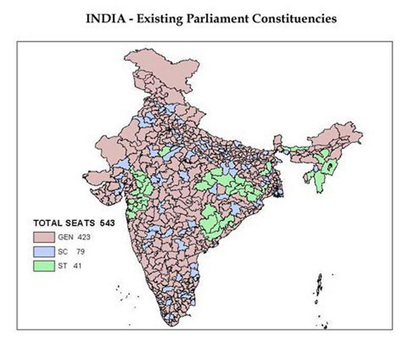
What is Delimitation?
In order to preserve equitable population representation in Assembly and Lok Sabha seats, delimitation tries to redrew constituency boundaries.
Constituency limits and, in rare situations, the number of seats in a state may change as a result of delimitation.
Delimitation Process and Commission:
An impartial Delimitation Commission (DC) established by the Union government oversees delimitation.
In order to ensure demographic equality and designate reserved seats for Scheduled Castes and Scheduled Tribes, the DC decides the size and boundaries of constituencies.
Draught plans are made available for public comment before public meetings are held to discuss objections and ideas. Official gazettes announce the final decree.
Historical Context of Delimitation:
The President oversaw the first delimitation exercise in 1950–1951. Independent Delineation Commissions were then given control of the situation.
Four times—in 1952, 1963, 1973, and 2002—delimitation has been done based on the Acts passed during those years.
Postponement of Delimitation until 2026:
Following the 1981 and 1991 Censuses, delimitation was delayed, resulting in a freeze on the number of Lok Sabha and Assembly seats.
Delimitation was further postponed until 2026 thanks to a change that claimed that by then, population growth would be consistent across the nation.
The 2001 Census served as the basis for the most recent delimitation effort, which concentrated on changing the borders of current seats and the number of reserved seats.
Reservation Contingent on Delimitation:
The implementation of the 33% women's reservation is delayed notwithstanding the Lok Sabha's approval. It depends on two crucial procedures: a census and a delimitation exercise.
In order to achieve equal representation based on the most recent demographic statistics, delimitation entails redrawing the borders of Parliamentary and Assembly constituency areas.
Once completed, the 2021 Census will serve as the foundation for the delimitation process, increasing the number of constituencies. In next elections, 33% of these will be set aside for female candidates.
Delimitation: Why It’s Necessary
Delimitation is necessary to guarantee that each voter's vote is equally important and to match population fluctuations with the number of seats.
Additionally, it protects against gerrymandering, the distorting of seat borders in favour of a certain political party.
After every census, the Constitution requires delimitation in order to redistribute seats in the Lok Sabha and state Assemblies.
Political Complexity of Delimitation:
Significant political ramifications of delimitation include allocation of seats among states, in particular.
Seat distribution was affected by population control measures, raising questions for governments with different levels of population control.
The number of members in Parliament and Assemblies were frozen due to political concerns until 2026, which prolonged family planning initiatives.
Gender vs. Regional Identities:
Two important changes will result from the next redistricting: the transition from southern to northern and eastern states, as well as from male to female representation.
Despite potential worries about declining governmental authority, there is a general acceptance of women's empowerment across the country.
Due to different rates of population growth, northern states may gain more seats while southern states may lose representation.
As the emphasis moves to female representation, autonomous OBC politics in states with a strong Hindi population may deteriorate.
The BJP supports women's empowerment with its Hindutva and pan-national identity politics in an effort to broaden its social base.
The one-dimensional politics of caste and regional identities are given a new dimension by gender representation, which changes the political environment.
Conclusion:
Delimitation, gender reservation, and regional caste identities interact to create difficult political problems in India.
The nation's representation and governance in the future will be shaped by finding a balance between these processes.
Source: The Hindu
Abraham Accords
GS Paper II (International Relations)
Context: The Abraham Accords are still working to bring forth peace and prosperity in West Asia three years after they were signed. India has benefited from improved connectivity as a result of the treaties, which have expanded trade, tourism, and regional collaboration.

What are Abraham Accords?
The Abraham Accords Peace Agreement is the official name of the normalisation pact between Israel and the UAE.
On August 13, 2020, the United States, Israel, and the United Arab Emirates (UAE) announced their initial agreement to it in a joint statement.
Thus, the UAE became the first nation in the Persian Gulf to officially normalise its ties with Israel. Egypt and Jordan did the same in 1979 and 1994, respectively.
Israel also consented to halt its intentions to annexe part of the West Bank. The pact formalised the two nations' long-standing, cordial, and strong international ties.
Transformative Impact of the Abraham Accords on Regional Dynamics:
Israel and Arab nations including the UAE, Bahrain, Sudan, and Morocco were able to resume diplomatic ties as a result of the Accords. The years of hostility and non-recognition were abruptly ended by this.
The accords facilitated commercial and economic co-operation between Israel and the participating Arab countries. This led to more commerce and more economic possibilities, which improved the stability of the region.
Provisions for cooperation in security and defence were included in several agreements. By exchanging intelligence and coordinating actions to prevent shared dangers, this improved regional security.
The Accords promoted interfaith discourse, academic partnerships, and other forms of tourism as well as cultural and interpersonal encounters. The goal of these interactions was to promote more understanding amongst inhabitants of the signatory countries.
Benefits of the Abraham Accords for India:
Regional connection was increased by direct flights between Israel and Arab nations. This made travel and commerce more accessible for the Indian diaspora, students, and enterprises.
Israeli and participating Arab nations were engaged by Indian enterprises in a variety of industries, resulting in economic partnerships. As a result, the economy expanded and more jobs were created.
Indian students now have better access to regional universities and overseas study programmes. Cultural interactions let people understand various cultures better.
Groups like the I2U2 Group, which consists of the United States, Israel, India, and the United Arab Emirates, were formed, highlighting prospects for cooperative investments in important industries. For India, this had long-term strategic and economic advantages.
Youth Initiatives:
In order to foster relationships amongst the younger generation, the Abraham Accords established youth delegates in recognition of the fact that 65% of the region's population is under 30.
Through these delegations, young leaders may become fully immersed in one another's cultures, go to important religious and historic places, and create communities that promote understanding and collaboration.
With Moroccan students studying at Ben-Gurion University and Emirati students enrolling in Israeli universities, educational exchange programmes have also expanded.
Bahrain has also welcomed educational partnerships with Israel to promote professor and student exchanges.
Promising Prospects for the Future:
The Accords contribute to regional peace and stability by normalising ties and encouraging collaboration, proving that diplomacy can result in fruitful results.
Increased trade, investment, and cooperation have the potential to spur economic growth, which would be advantageous to signatory countries, neighbours, and the world economy.
Increased regional integration and cooperation may result from the Accords encouraging more nations to normalise their relations.
Mutual understanding is promoted by cultural and educational exchanges, which helps to create a more peaceful and linked region.
Conclusion:
The Abraham Accords serve as an example of the possibility for peace and collaboration when both authorities and common people prioritise it. They provide West Asia a glimpse of a more promising future, and Israel hopes that additional nations will join this initiative for the sake of all children. With common objectives in sustainable recovery, trade expansion, mitigating climate change, and global security, India plays a vital role in this cooperation.
Source: The Hindu
TrueNat Test
GS Paper III (Science & Technology)
Context: The Indian Council for Medical Research (ICMR) has authorised Kerala to use the TrueNat test to identify Nipah. The test may be done in hospitals with BSL 2 level laboratories.

What is TrueNat Test?
A molecular diagnostic test called the TrueNat test is employed to find infectious disorders like COVID-19 and tuberculosis (TB).
It is a mobile, chip-based, battery-powered device created by a Goa-based business.
Its foundation is real-time polymerase chain reaction (PCR) technology, which enables the amplification and identification of certain genetic material (RNA or DNA) from the target pathogen.
Due to its low cost and small size compared to the PCR test, the WHO has approved TrueNat for the detection of tuberculosis.
Benefits offered:
TrueNat devices are intended to be portable and simple to use in a variety of scenarios, including remote or resource-constrained locations.
This function has been very helpful for diagnosing tuberculosis in areas with a poor healthcare system.
About RT-PCR:
A molecular biology technique called real-time polymerase chain reaction (PCR) technology is used to identify and quantify DNA or RNA sequences in biological materials.
To track DNA amplification in real-time, it combines fluorescence probes and PCR amplification.
This makes it useful for applications like gene expression analysis, illness diagnostics, and genetic research since it enables the measurement of particular genetic material.
Its high sensitivity, specificity, and speedy findings make it a popular tool in clinical diagnostics and molecular biology.
Source: Indian Express
Section 6A of Citizenship Act
GS Paper II (Polity & Governance)
Context: Hearings on a number of petitions that contest the legality of Section 6A of the Citizenship Act of 1955 have been decided to begin by a Constitution Bench.
Background of Section 6A:
After the 'Assam Accord' Memorandum of Settlement was signed on August 15, 1985, Section 6A was added as a special clause to the 1955 Act.
The Rajiv Gandhi administration helped to establish this agreement, which had the goal of preserving Assam's linguistic, cultural, and social identity.
It marked the conclusion of a six-year protest against illegal immigrants, particularly those from Bangladesh, spearheaded by the All Assam Students Union.
Legal Challenge:
Insisting that Section 6A is valid under the law, the Union government asked the court to reject the applications. These petitions were submitted over 40 years after Section 6A was passed.
Foreigners who entered Assam before to January 1, 1966, and who were "ordinarily residents" in the State, were accorded all the privileges and duties accorded to Indian citizens under Section 6A. Similar rights and duties were granted to those who entered the State between January 1, 1966, and March 25, 1971, although they were not allowed to vote for ten years.
Assam Public Works and other petitioners contend that Section 6A's "discriminatory" nature in granting citizenship to immigrants, particularly those who are in the country illegally, violates Article 6 of the Constitution, which establishes July 19, 1948 as the cutoff date for granting citizenship to immigrants.
Key Points of Contention:
The National Register of Citizens (NRC) for Assam should be updated based on the 1951 NRC rather than the election records from March 1971, according to the Assam Sanmilita Mahasangha, a civil society organisation located in Guwahati.
The Supreme Court framed 13 concerns about the legitimacy of Section 6A in December 2014, covering a range of topics such as how it affected Assamese residents' political rights and if it infringed on their ability to maintain their cultural identity. A three-judge bench sent the matter to a Constitution Bench in 2015.
Why discuss this?
The final Assam NRC list, which omitted more than 19 lakh people, was monitored by the Supreme Court in August 2019 while the Section 6A matter, which has been lingering for several years, was being monitored.
The controversial Citizenship (Amendment) Act was also passed in recent years, giving immigrants from Pakistani, Afghan, and Bangladeshi minority populations rapid citizenship.
What lies ahead?
The impending hearings on Section 6A will offer a vital opportunity for legal analysis of the legitimacy of the provision as well as its consequences for the status of immigrants in Assam and the defence of cultural rights.
Source: Indian Express
Facts for Prelims
Asian Premium:
The premium levied on shipments to India has been reduced by Saudi Arabia, the second-largest oil producer in the world.
The Organisation of the Petroleum Exporting Countries (OPEC) charges Asian nations a premium on top of the real selling price.
It is thought that Asia pays a greater price for crude oil exported from the Middle East than its equivalents in Europe and the US due to a discriminatory pricing system.
Additionally, Asian nations, who rely significantly on oil imports, are effectively price-takers in this situation.
Omega Blocking:

Recent floods in the Mediterranean region, according to a research, were brought on by low-pressure systems developing around an Omega Block centred over the Netherlands.
Omega block happens when a high-pressure system is sandwiched between two low-pressure systems that have been cut off from the jet stream's main flow.
On a weather map, it resembles the Greek letter.
Omega blocking episodes have also been connected to other extreme weather occurrences in the past, such as the 2011 floods in Pakistan and the 2019 heatwaves in May and July in France, respectively.
Supercontinent:
According to research, Earth's first supercontinent (Vaalbara) breaking apart caused the pink diamonds to appear on the surface some 1.3 billion years ago.
The great bulk of the territory on Earth is made up of one supercontinent.
Pink diamonds are created when tectonic plates collide and exert strong pressures on the diamonds, causing them to bend and twist their crystal lattices (a geometric arrangement).
According to the findings, a collision between Western and
Over 90% of pink stones come from Australia (Argyle mine).
Copyright 2022 power by Ojaank Ias


